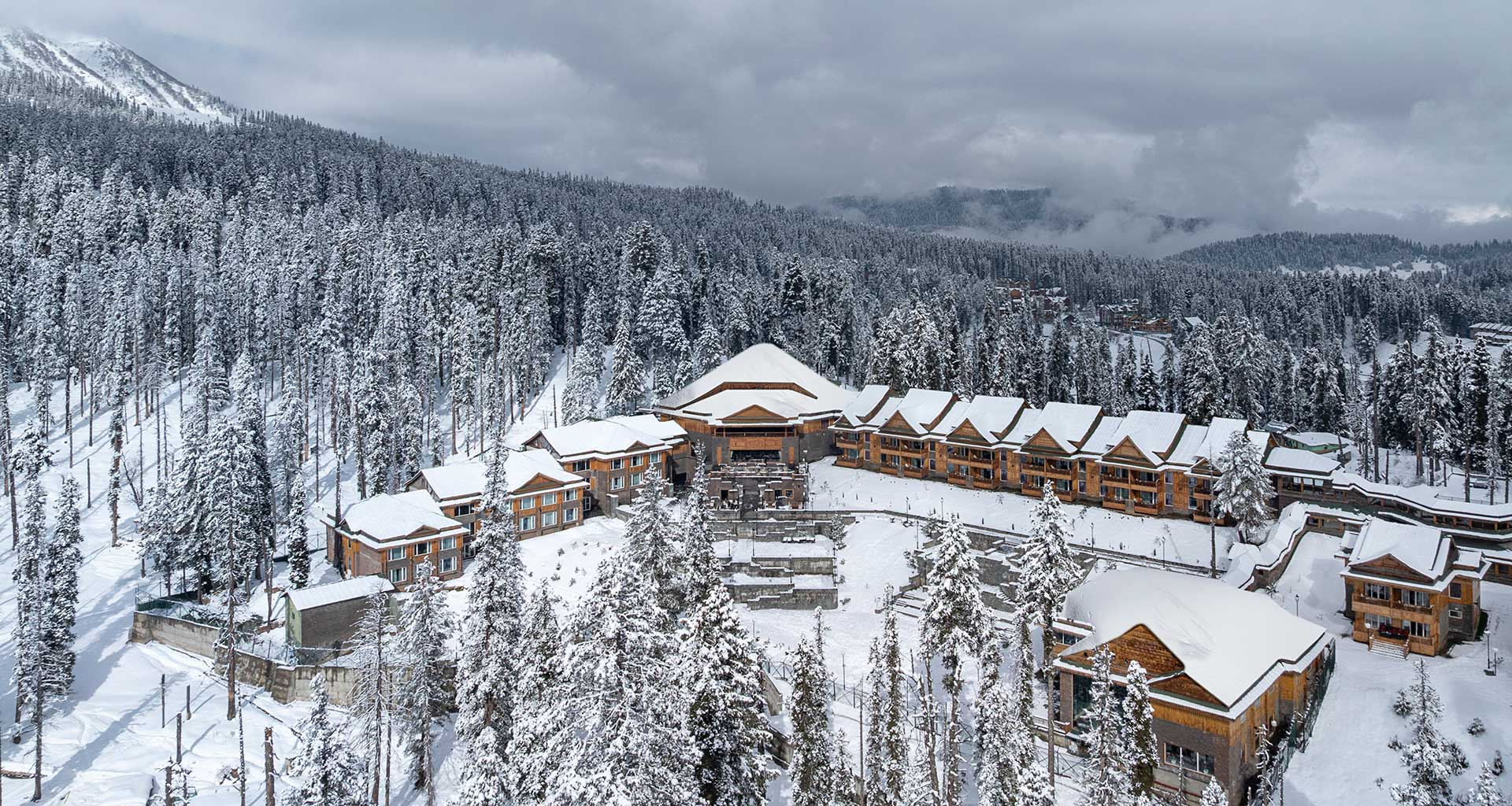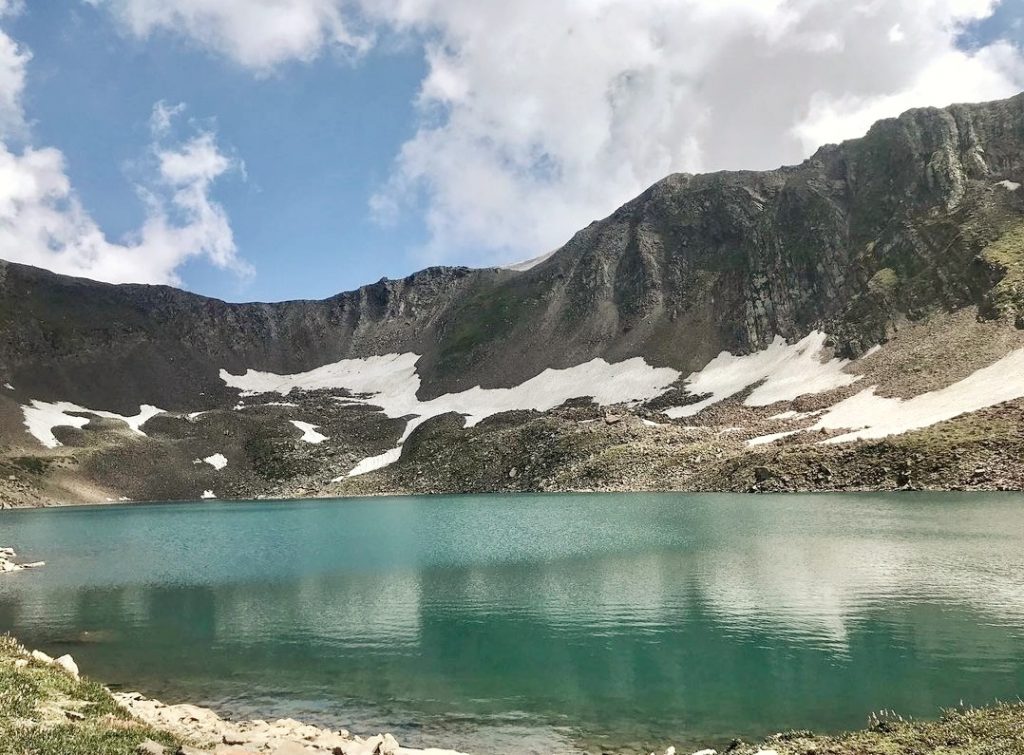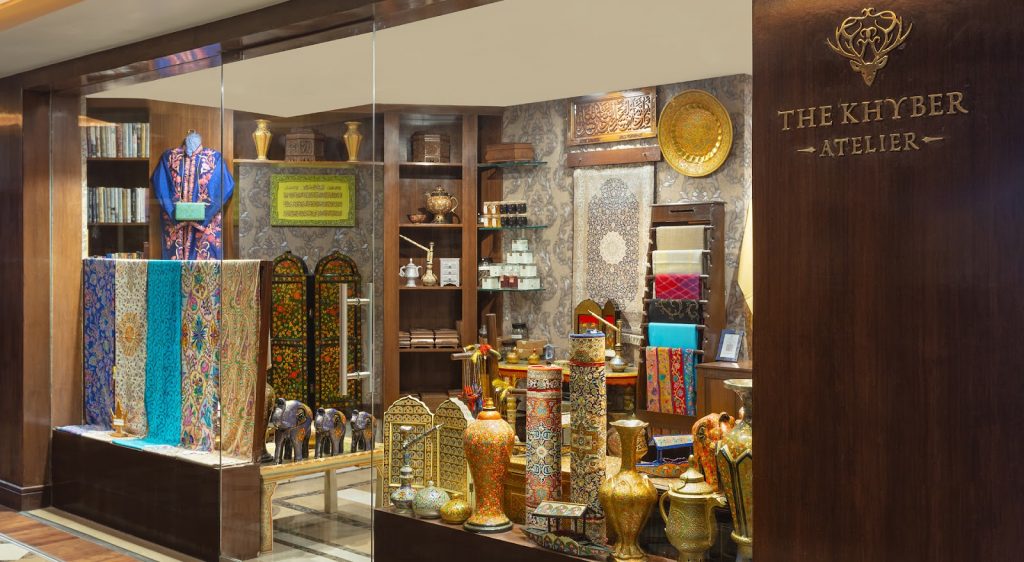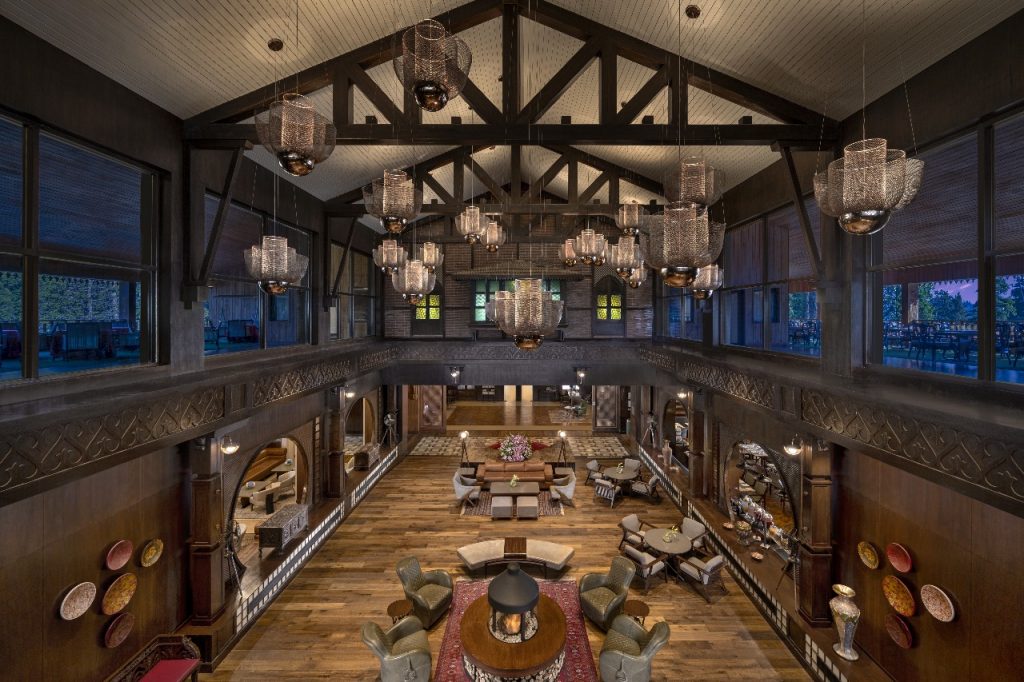Bollywood in Kashmir: Iconic Films and Their Shooting Locations
Bollywood in Kashmir: Iconic Films and Their Shooting Locations If Bollywood ever had an official romance postcard, it would definitely be Kashmir. The shikaras gliding down Dal Lake, the snowfall in...
December 18, 2025





































